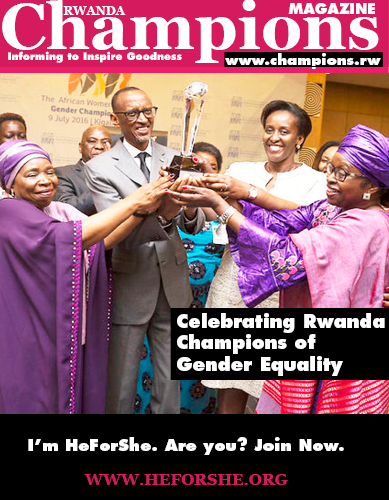Rwanda Launches Digital FDI Report to Boost Investment and Tech Growth
Ministry of ICT and Innovation, in partnership with the Digital Cooperation Organisation (DCO) and the World (…)

Rwanda’s employment rate rose to 53.8% in May 2025, up from 52% a year earlier, reflecting steady growth in job creation and a decline in unemployment, according to new labor force data released Tuesday by the National Institute of Statistics of Rwanda (NISR).
The report, based on a nationwide survey, shows that out of 8.5 million Rwandans aged 16 and above who are eligible to work, 4.5 million were employed, while 710,000 were unemployed. Another 3.2 million were classified as outside the labor force — including students, retirees, people with disabilities, and those not actively seeking work.
The labor force participation rate stood at 62.2%, and the unemployment rate fell to 13.4%, down from 16.8% in May 2024. That means one in seven eligible Rwandans was unemployed. Compared to 2019, before the COVID-19 pandemic, the unemployment rate has dropped by about 15 percentage points.
Employment growth was seen in both genders, though disparities persist. The employment rate for men was 61.7%, while for women it was 46.8%. The gender employment gap narrowed slightly to 14.9%, down nearly one percentage point from the previous year. Youth and women continue to face higher unemployment rates, with youth unemployment at 15.4% and women at 15.3%, compared to 11.8% for men.
By age, employment was higher among adults over 30, with 57.4% in work, compared to 49.1% among those aged 16 to 30.
The services sector remained the country’s leading source of employment, accounting for 45.6% of jobs. Agriculture followed with 38%, a decline from 39.3% in 2024. Industry accounted for 5.7%, with construction employing 8.3% and transportation 6.7%.
The report also found that 37.8% of the working-age population remained outside the labor force, a slight increase from 37.5% in 2024. This group includes many subsistence farmers not engaged in formal employment.
Urban unemployment was slightly higher than rural areas, at 13.7% versus 13.3%, showing persistent job market challenges across both regions.
Officials say the improved labor indicators reflect Rwanda’s ongoing post-pandemic recovery and the effects of public investment in job creation, though more targeted efforts are needed to reduce youth and gender disparities in employment.
Ministry of ICT and Innovation, in partnership with the Digital Cooperation Organisation (DCO) and the World (…)
Rwanda on Thursday welcomed 326 of its citizens who had been living in forests in the Democratic Republic of Congo (…)
The Embassy of Israel in Rwanda, in partnership with STEMpower, has launched a science and technology innovation (…)
The Government of Rwanda, in partnership with Forward7, a program under the Kingdom of Saudi Arabia that promotes (…)

